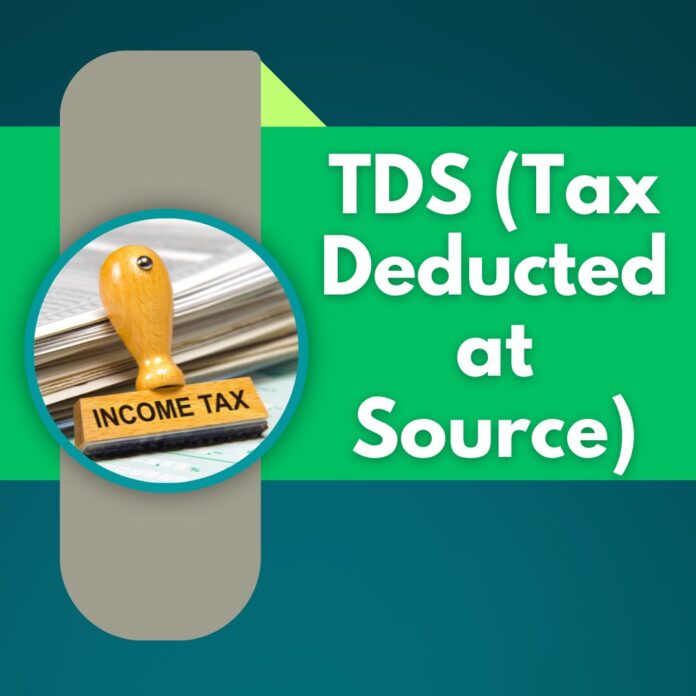Introduction
When it comes to exporting goods in small quantities, especially by MSMEs and individuals, India Post serves as a cost-effective and convenient channel. However, even for postal exports, certain customs compliance is mandatory. One such crucial requirement is the Postal Bill of Export-I (PBE-I) form.
This blog decodes the entire format, purpose, and filing essentials of the Postal Bill of Export-I, helping you navigate the process with ease.
What is Postal Bill of Export-I?
The Postal Bill of Export-I is a mandatory customs declaration form used when goods are exported via postal parcels through India Post. It is applicable for non-commercial as well as commercial shipments, and enables clearance under CBIC (Central Board of Indirect Taxes and Customs) norms.
Legal Backing & Applicability
The filing of Postal Bill of Export-I is governed by the Customs Act, 1962 and is applicable in scenarios where the exporter opts to dispatch goods through Foreign Post Offices (FPOs) designated for customs clearance.
When is it Required?
You must file this form when:
- Goods are exported through post offices
- The value of the shipment requires customs clearance
- You are claiming duty drawback, MEIS, or other export incentives
- You’re exporting under LUT/Bond without IGST payment
Key Sections of the Postal Bill of Export-I
While the original format is complex in appearance, here are the key fields you need to fill:
| Field | Description |
| Exporter’s Name and Address | With GSTIN or PAN |
| IEC Number | Issued by DGFT |
| FPO Name | Foreign Post Office from which goods are dispatched |
| Consignee Name and Address | Receiver’s full address in destination country |
| Description of Goods | HSN Code, quantity, units, brand, and specifications |
| Value of Goods | Declared FOB value in INR/USD |
| Country of Destination | Country where goods are being sent |
| Duty Drawback/Export Incentive | Yes/No (Attach declaration if applicable) |
| LUT/Bond Declaration | If exporting without IGST under GST |
| Declaration | Exporter’s signature and self-certification under penalties for misdeclaration |
Supporting Documents to Attach
- Invoice for export
- Packing List
- Copy of IEC
- GST LUT/Bond (if applicable)
- Purchase order/contract
- Postal receipt (after dispatch)
Filing Process: Step-by-Step
- Prepare the Goods for export and pack them securely.
- Fill the Postal Bill of Export-I accurately.
- Attach invoice, packing list, and IEC details.
- Submit the form at the Foreign Post Office along with your consignment.
- Customs officials will verify, clear, and stamp the form.
- Retain a copy of the endorsed form for your records and audit.
Why is Postal Bill of Export-I Important?
✅ Enables legal export of goods via India Post
✅ Required to claim GST refund, drawback, and incentives
✅ Ensures customs clearance and compliance
✅ Helps in smooth international tracking through India Post systems
Pro Tips for Exporters
- Always use capital letters while filling the form.
- Double-check the IEC number and FOB value.
- Clearly mention the country of destination and consignee details.
- Retain stamped forms for DGFT claims and GST audit.
- Use self-declaration templates if no incentive is claimed.
Conclusion
Whether you’re a beginner in exports or a small business owner looking to leverage India’s postal network for international trade, understanding the Postal Bill of Export-I is essential. This form serves as your official declaration to customs and ensures your export is legal, traceable, and eligible for benefits.
By staying compliant, you not only avoid delays but also create a solid foundation for scaling your global operations.
Download Format
Click Here to Download Sample Postal Bill of Export-I Form (PDF Format)
📧 YouTube: cadeveshthakur
📸 Instagram: @cadeveshthakur




